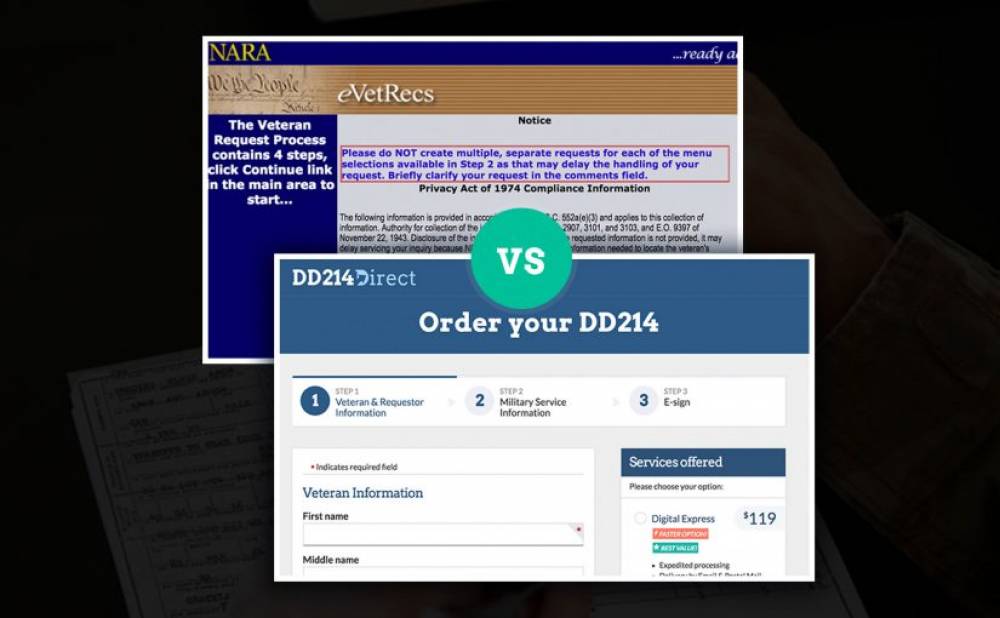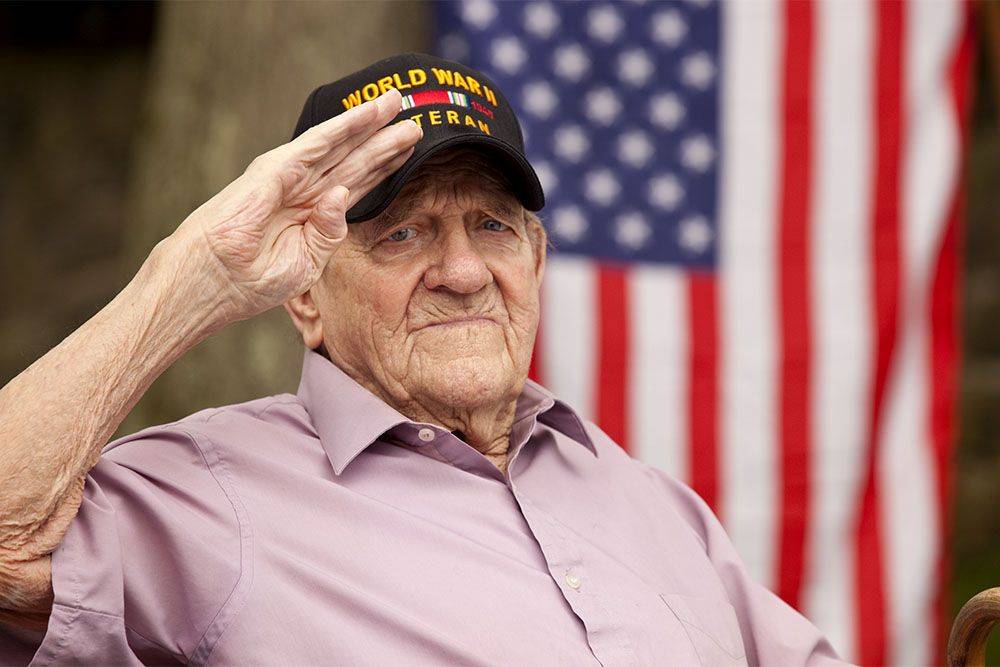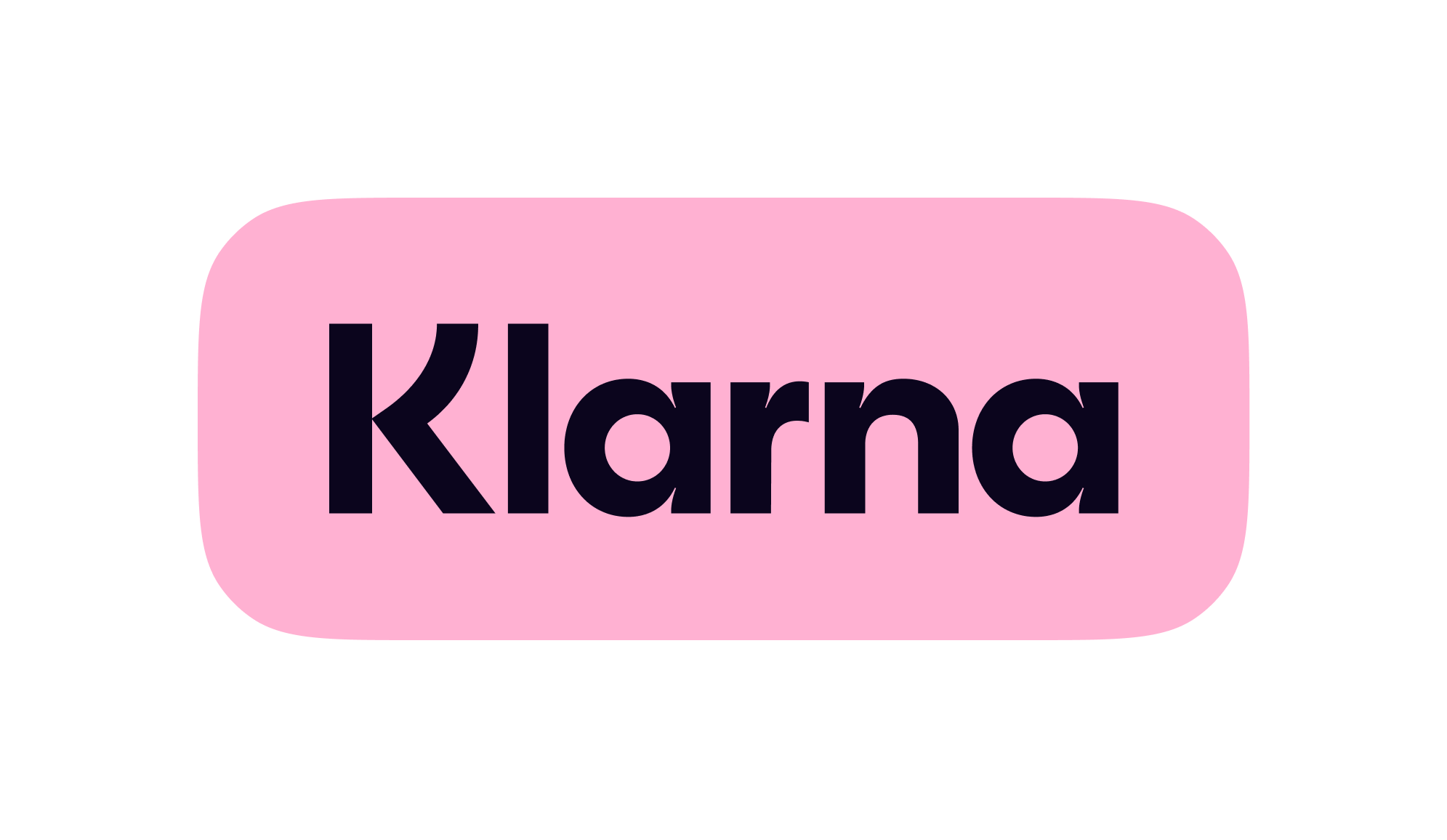For those who have never served in the military, it may come as a surprise to learn that one of the hardest challenges veterans face is making the transition back to civilian life. However, experts studying veteran health issues are now seeing widespread evidence of a condition known as transition stress among returning service members—and they worry the problem may get worse before it gets better.
What is transition stress?
Transition stress is exactly what it sounds like: increased feelings of stress or anxiety triggered by a significant period of change or adjustment. When applied to veterans, transition stress refers to the difficulty of adapting to life after discharge.
Finding employment can be especially problematic for newly discharged veterans, many of whom entered the military after high school and have little experience with searching for jobs, preparing resumés and interviewing with potential employers. Still others have trouble connecting with friends and loved ones once they return home, which can lead to feelings of depression and isolation. Transition stress also encompasses the loss of identity or purpose individuals sometimes feel as the result of leaving their military career behind.
How is transition stress different from PTSD?
Because post-traumatic stress disorder (PTSD) regularly dominates the conversation about veterans’ health, it is important to make the distinction between transition stress and PTSD. According to the Mayo Clinic, PTSD is a mental health condition “triggered by a terrifying event—either experiencing it or witnessing it” whose symptoms often include flashbacks, nightmares, severe anxiety or uncontrollable thoughts about the event.
Transition stress is therefore distinctly different from PTSD, as its symptoms are centered primarily on readjusting to present life as opposed to dealing with a specific traumatic event from the past. However, because experts have only recently begun to study the impact of transition stress on veterans and to advocate for further research, very little information exists about the subject.
It is also worth noting that although PTSD receives most of the attention, one report found that very few returning veterans actually develop PTSD—with the highest estimate being around 20 percent. But, according to that same report, the percentage of veterans who experience transition stress is significantly higher: between 44 percent and 72 percent.
Similarly, in a recent survey conducted by experts at the Pew Research Center, it was noted that 27 percent of the more than 1,800 veterans questioned said they found it difficult to read just to civilian life, and that number was even higher among post-9/11 veterans.
Is there help available for veterans with transition stress?
Services and support are limited for veterans currently dealing with transition stress, but the hope is that these will become more available as research continues and awareness about the condition increases.
While many existing programs and services, such as the pre-discharge Transition Assistance Program (TAP), focus more on the logistics of helping veterans return to civilian life (i.e. getting a job, buying a home, learning new skills), few offer help for those already dealing with the mental health effects of starting their new civilian life.
Individual counselling, discussion groups and even stress management activities such as yoga or meditation may prove beneficial for discharges service members re-entering society. However, to take advantage of such resources, veterans will likely need to provide proof of service. A DD214, or Certificate of Release or Discharge from Active Duty, is the most commonly requested military service form, so it’s something you should have readily available.
Veteran-owned DD214Direct helps you get the documents you need, when you need them.
Our cutting-edge technology platform and keen knowledge of government protocol and procedure allow us to deliver your documents faster than competitors. We physically stand in line at the records repository and manually coordinate your order, freeing up your time and easing your worries about whether or not you will get your DD214. Much like paying a small fee to have your taxes done by a professional, DD214Direct provides the service and convenience you’ve been hoping for, plus we make it a lot easier.
Instead of having to download, print, sign and fax your document request form, you can submit your order directly through our website with the ease of e-signature technology from a desktop, laptop or mobile device. Once we locate your DD214, we will email you a copy immediately—a service not offered by the government. And tracking your request through us is simple, so you never have to worry about long hold times and inconclusive answers.
Ready to get started? Click here to begin the order process.















